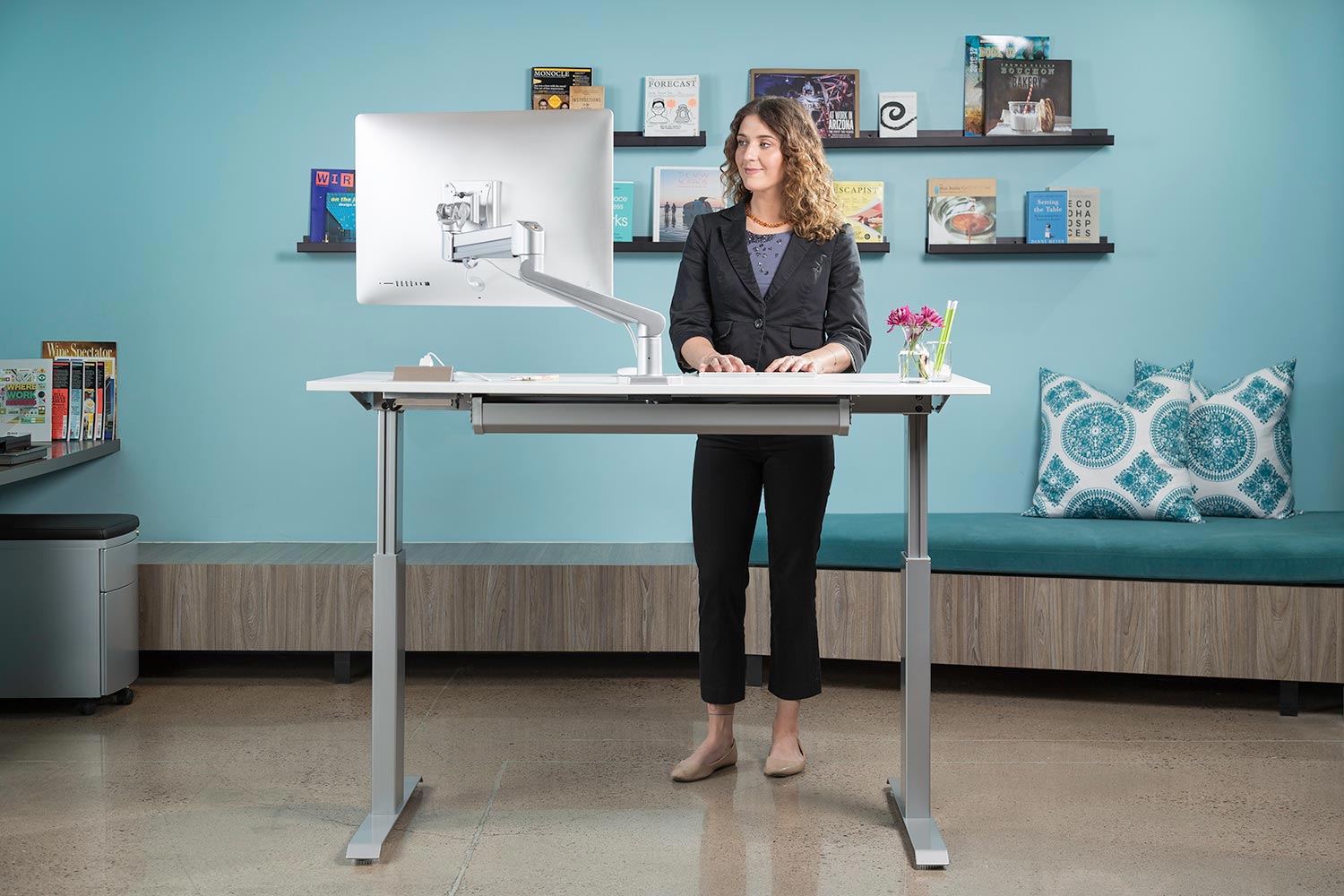By Stuart Biddle, University of Southern Queensland, Australia
I’m writing this blog on Valentine’s Day! The health promotion charity in Australia, Bluearth, has produced some amusing videos encouraging you to use your chair less by ‘breaking up with your chair’ (liking splitting from your partner, see videos here). So what is the issue here? Essentially, with changes in the way many of us work, we sit too much and this has been shown to be bad for our health. For example, many people will drive to work, sit at a desk most of the day, drive home, and sit in front of the TV or computer for much of the evening. The workplace, therefore, is ripe for health behaviour change. But with such a habitual behaviour like sitting, strong social norms, as well as environmental designs that encourage less movement alongside comfortable and rewarding sitting, how can we change anything?
First, it is important to note that simply sitting less is not the only answer. We must strive to help people to move more through physical activity, preferably of a moderate-to-vigorous nature. But, in addition, making the transition from long periods of sitting to engaging in a greater volume of light-intensity physical activity is also important. This might involve light activity, such as getting up out of the chair and talking to a colleague instead of emailing, using the stairs, or simply engaging in several what we call ‘sit-to-stand transitions’ in work meetings.
So what might work? We conducted a systematic review of behaviour change techniques, including those in the workplace. Of the 38 interventions we reviewed, 20 were in a worksite context. We rated 15 interventions (39%) as ‘very promising’ for behaviour change. Interventions based on changing the environment (e.g., having a sit-to-stand desk), persuasion, or education (e.g., a seminar on the health effects of sitting and moving at work) were most promising. Self-monitoring (e.g., keeping a log), problem solving (e.g., working out solutions for the office), and restructuring the social or physical environment were particularly promising behaviour change techniques.
To help people sit less and move more at work, but of course stay productive and ‘on-task’, the use of sit-to-stand desks have become popular. The advice is to break up sitting as much as possible rather than stand for prolonged periods. Based on the results of our review, therefore, we would expect such desks to be successful in bringing about behaviour change as they are enabling changes to the physical environment. But, at the same time, we may need to provide initial education on the benefits, as well as self-monitoring. In a study where we did not provide such desks, the self-monitoring tool we gave was not received well and we did not achieve the behaviour change we sought. This also suggests that practical implementation, of such behaviour change techniques is also important to monitor, as well finding a self-monitoring tool that is acceptable for the participants and is appropriate and timely in its feedback.
Practical recommendations:
- Encourage senior management to support efforts for less sitting and more movement at work
- Provide on-site education about moving more and sitting less, preferably with self-monitoring of sitting time (e.g., a log book)
- Create policy, or at least social norms, that ‘give permission’ for staff to sit less and stand or move more in meetings. Walking meetings might also be encouraged.
- Provide a sit-to-stand desk in the workplace, if possible
- If this desk is not possible, improvise with occasional standing tasks (e.g., using a tablet on an elevated work surface)

